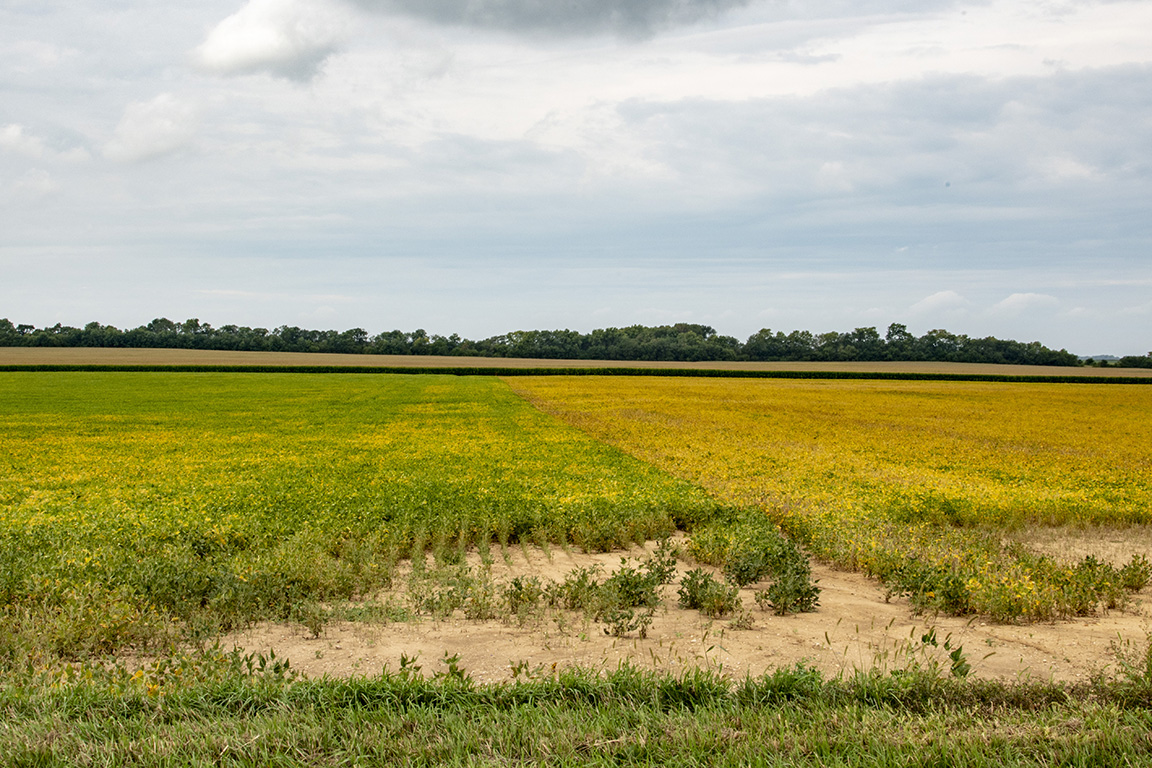
Though Japanese beetle numbers and their defoliation to soybean typically get lots of mid-season attention, their pressures seemed to be lower this year.

Though Japanese beetle numbers and their defoliation to soybean typically get lots of mid-season attention, their pressures seemed to be lower this year.
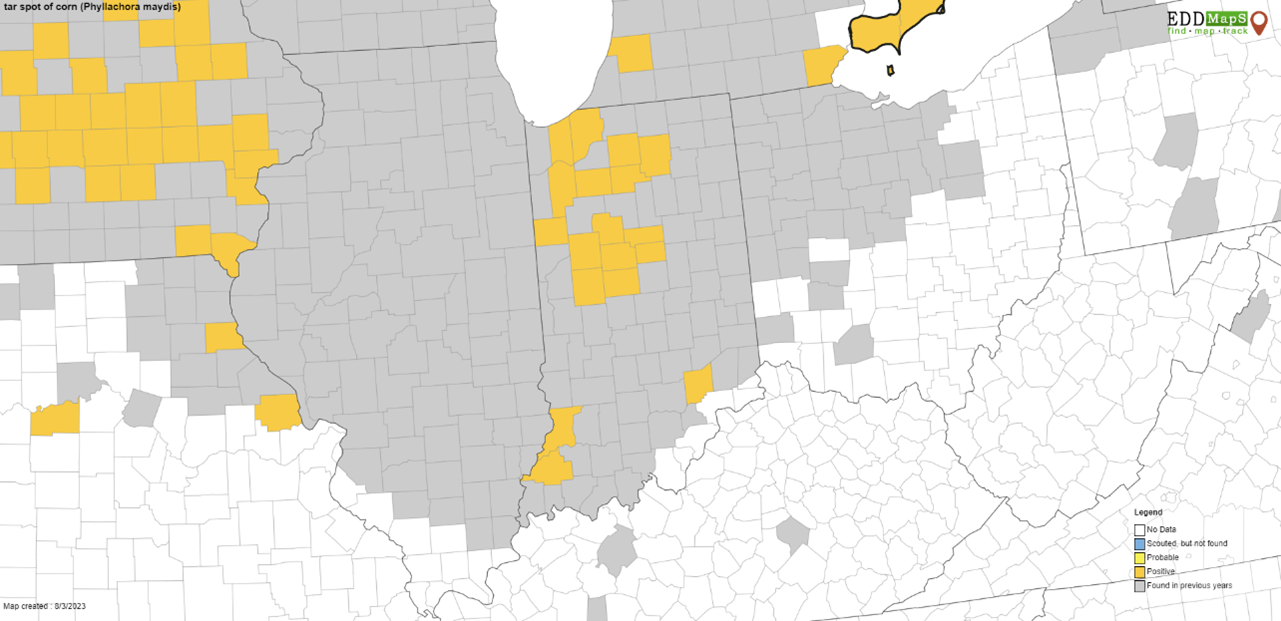
Tar Spot – We continue to confirm counties with active tar spot.
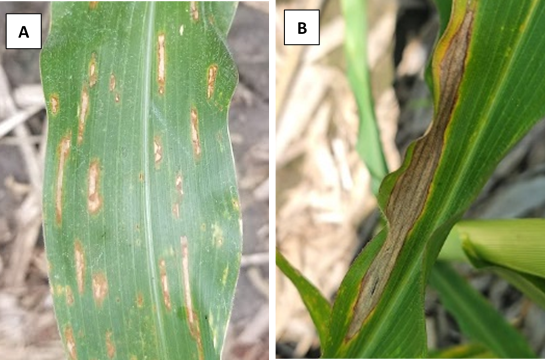
It is important to continue to scout for diseases in both corn and soybeans. Recent rains have created favorable environmental conditions for the development of foliar diseases in both crops.

One of the topics that we get many questions about is picking a residual herbicide for soybean production that helps with waterhemp control.
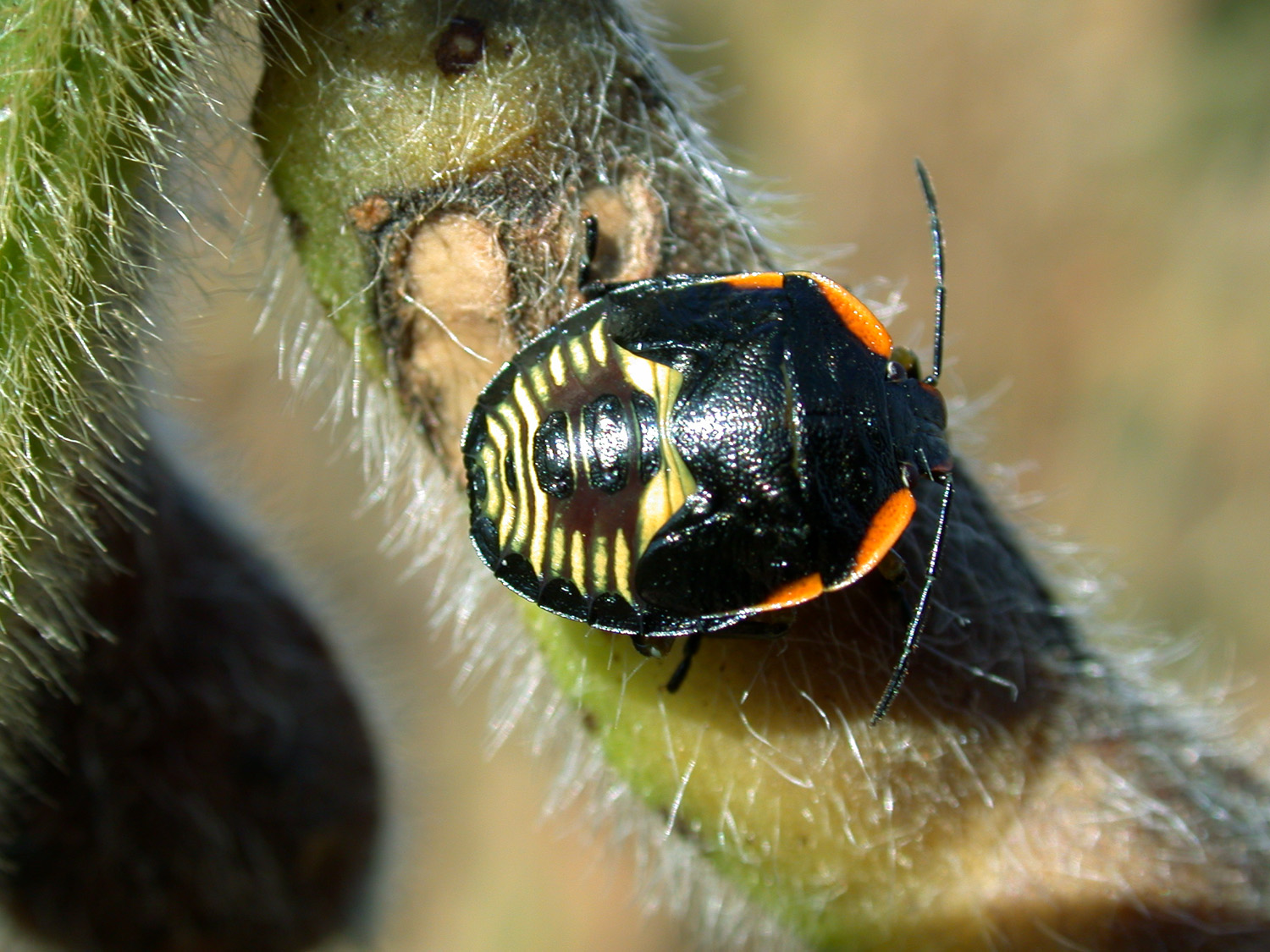
As the soybean crop begins to mature and the plants “shut down”, many insects are no longer interested in these plants.
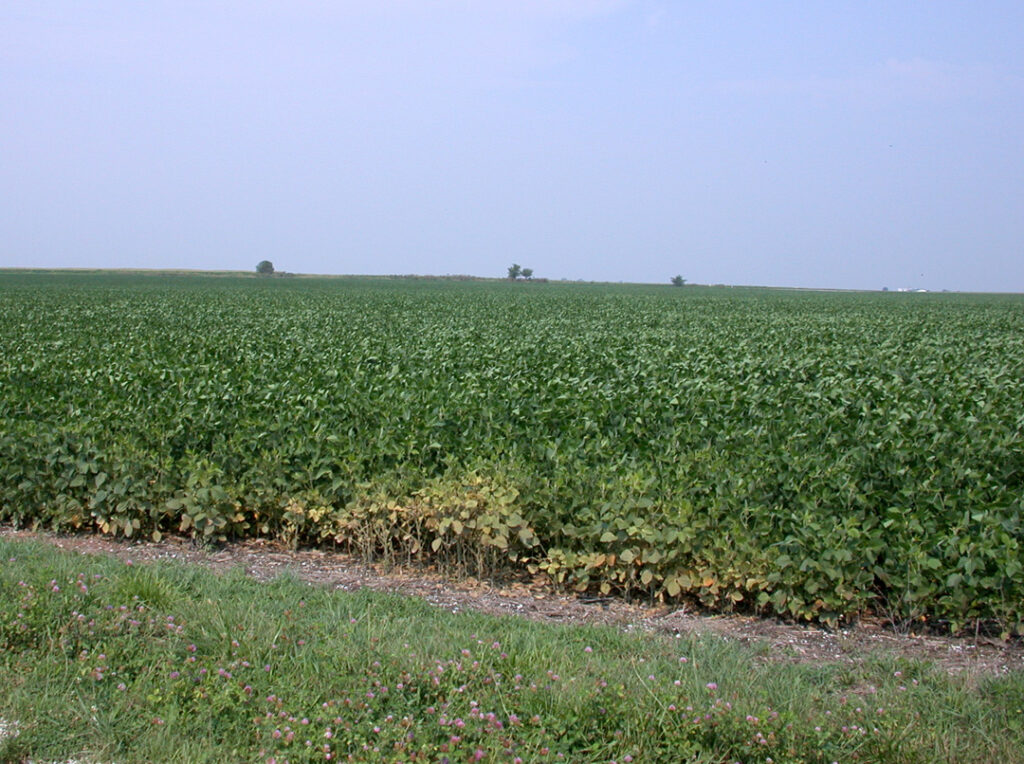
Some areas of Indiana remain very dry and concerns of spider mites moving into fields from parched field/road sides increase.

The corn and soybean planting season has been compressed significantly due to the frequent rain showers received during late April and May.

One of the topics that we get many questions about is picking a residual herbicide for soybean production that helps with waterhemp control.
In the last couple of years, we have received multiple calls regarding the control of volunteer corn in Enlist and Xtend soybeans systems.

Our newsletter topics for this week will be a general update of some of the issues that have crossed our desk over the last week.
© 2024 Purdue University | An equal access/equal opportunity university | Copyright Complaints | Maintained by Pest&Crop newsletter
If you have trouble accessing this page because of a disability, please contact Pest&Crop newsletter at luck@purdue.edu.